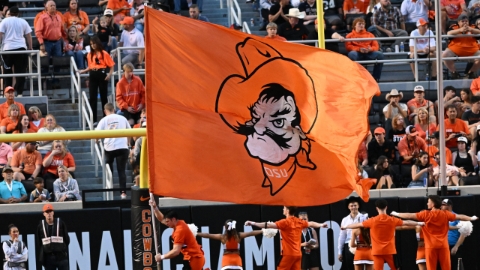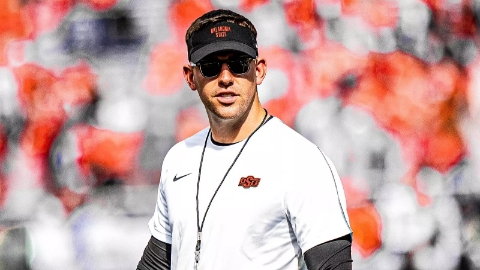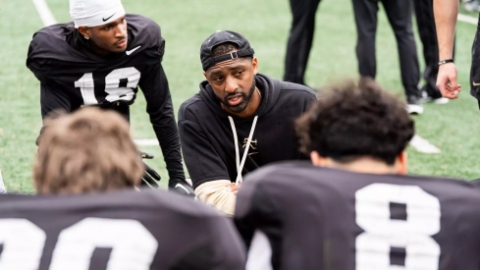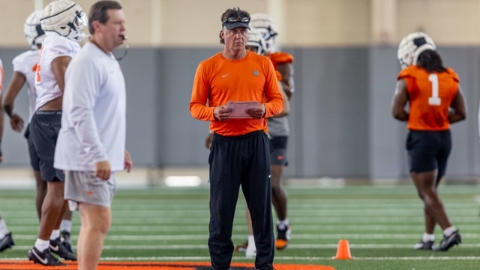More Coverage on the Future Television Negotiations and Conference Revenue
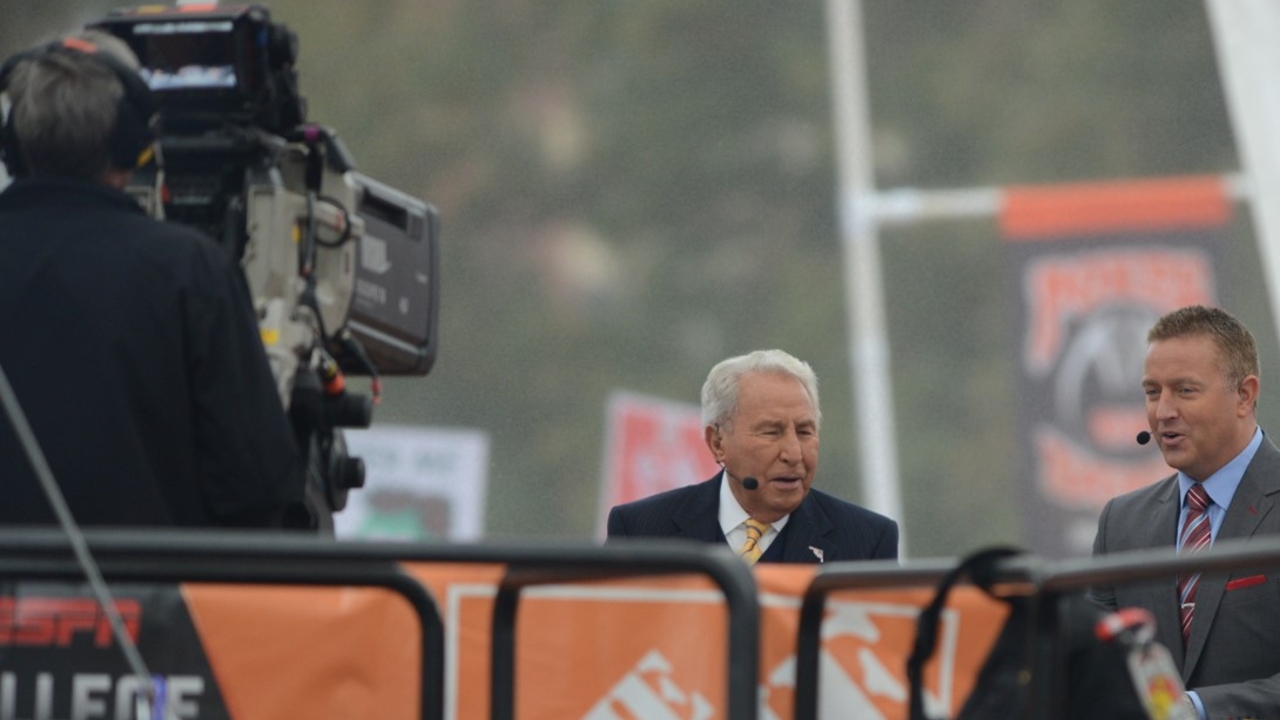
STILLWATER – We wrote about it a few weeks ago when the research and analytics firm Navigate came out with their numbers and projections for the future with multimedia and conference revenue with major college conferences. We expressed the concern those numbers showed for the Big 12 in relation to the SEC with their new rich ESPN contract for the future and the projections with the competition for the upcoming very soon negotiations with the Big Ten. Now, The Athletic with some interviews and extended analytics from Navigate and insight from Lead1, an organization that represents FBS athletic directors are going further with a look into the future of major college conference finances and what it means.
“There’s an unlevel playing field everywhere you look in collegiate athletics at every level and even looking within conferences, unlike professional sports,” Navigate Research CEO A.J. Maestas said to The Athletic. “This is normal, but it is concerning for a few reasons. One is coaching talent. There’s very little that other conferences will be able to do to compete with the budgets of the SEC and the Big Ten, and that cascades down throughout all resources. If somebody has double the resources of somebody else, how are they supposed to compete?”
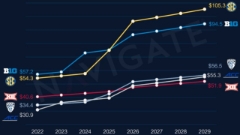
Yes, the Navigate projections have the SEC on an incline from just over $54 million this year in conference payout per school to nearly $118 million in 2029. The Big 12 meanwhile would go from $40.6 million this coming fiscal year to $57.5 million in 2029. It is the rich getting richer and the not as rich staying not as rich.
Three conferences are left to negotiate new multimedia rights contracts. The Pac-12 in 2023-24 and the Big 12 the year after, while the Big Ten is up next. CBS, NBC, ESPN, FOX plus potential streaming sources like Amazon, Netflix, or Hulu could get involved in the Big Ten and the other conferences. The Big Ten is first and they have a good reputation.
“It’s a big advantage for the Big Ten to be going first in this climate and to not be competing with the CFP deal,” Maestas told The Athletic. “If you want high-quality college football at the highest level, there’s only one option right now that you know is going to deliver in a really, really big way. And that’s the Big Ten.”
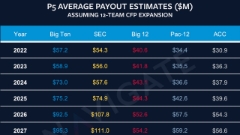
The one aspect of negotiations in the Big 12’s favor is they will be negotiating with entities that will feel left out and may be desperate. You know that you are dealing with the loss of Texas and Oklahoma. Inflation and the addition of the four new schools in BYU, Cincinnati, Houston, and UCF will bring in increased rights fees, but not what you would receive if the Longhorns and Sooners were still in the Big 12. The Big 12’s annual distributions are projected to rise from $44.3 million to $52.6 million in 2026 to align with that new media rights deal. Maestas told The Athletic that the Big 12’s projected revenue increase would have been far more significant with Texas and Oklahoma in the fold. Balvanz said the four schools “filling in the gap” should help stabilize the league and avoid a more significant decline in revenue.
At the end of the day or the decade, the Navigate projections create an aura of two really rich conferences and three members of the middle class, still ahead of the Group of Five but by no means members of the upper crust.
“I haven’t heard anybody say to me that they didn’t think they could compete, even with tremendous resource differences,” McMillen said. “But it’s not going to be easy.”
Not even close, just like the bottom like on incoming revenue from the television networks, the College Football Playoff, and the
